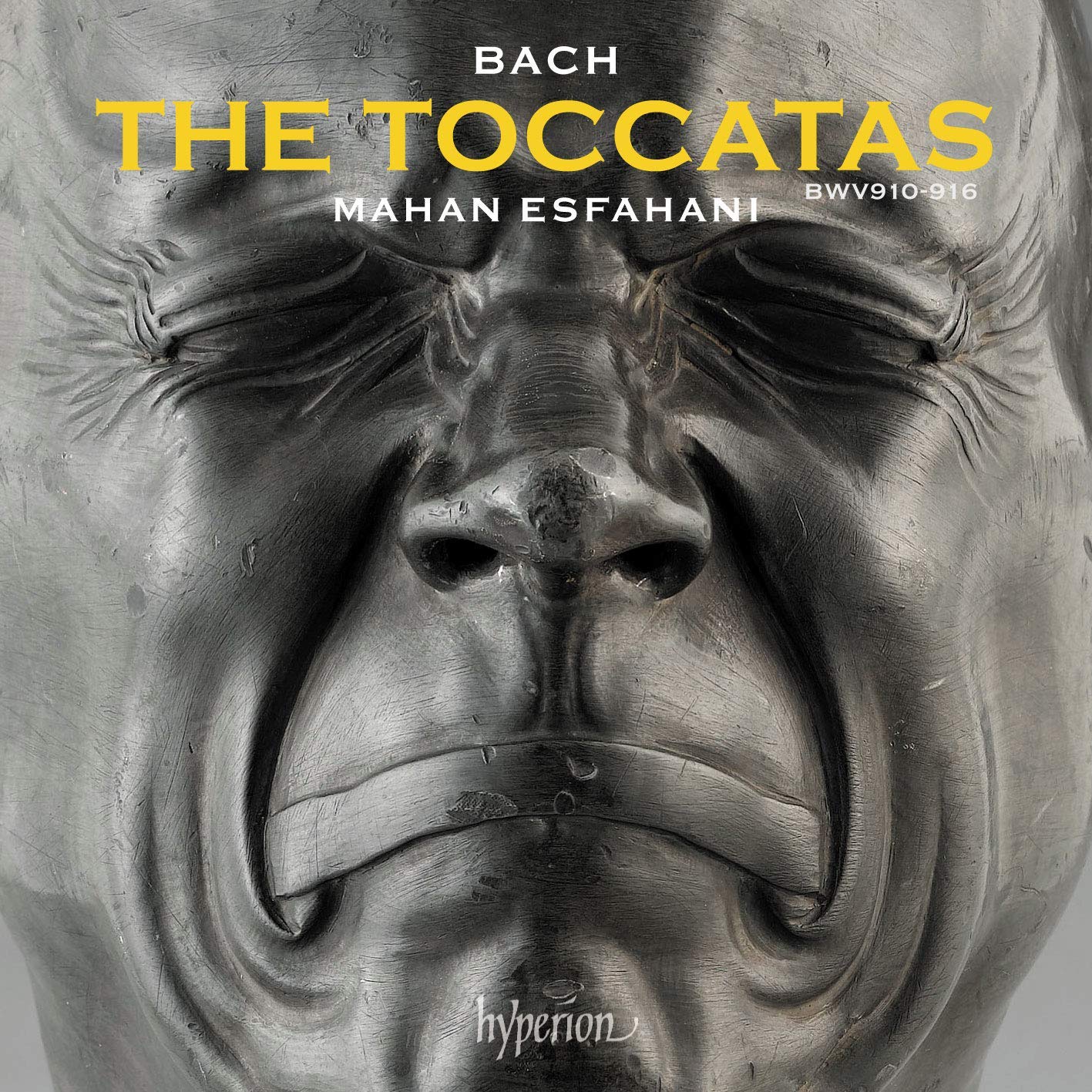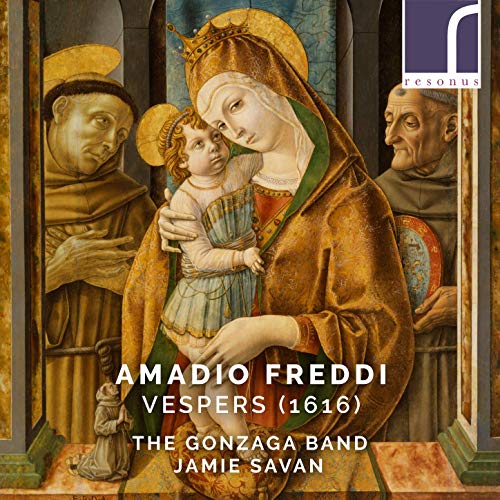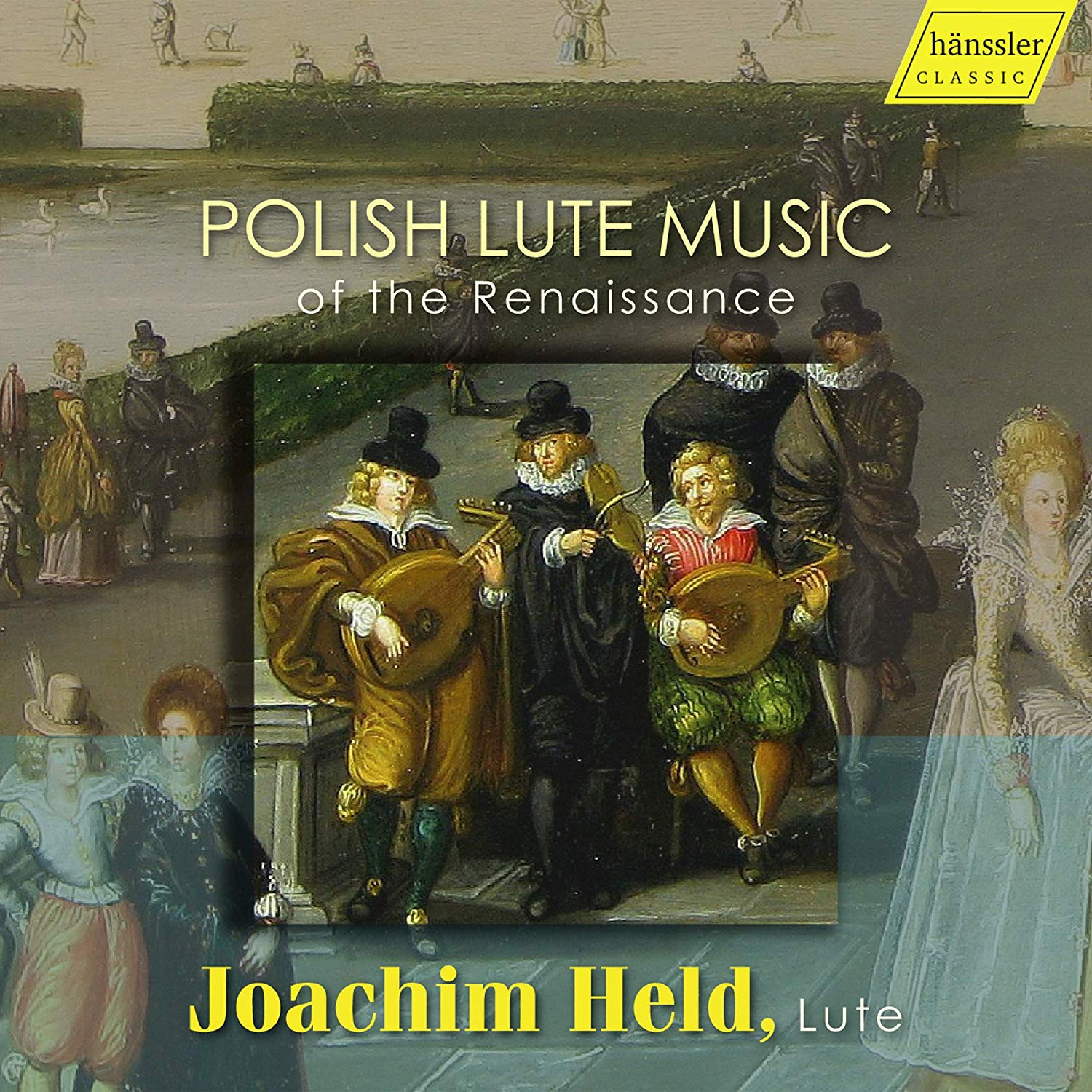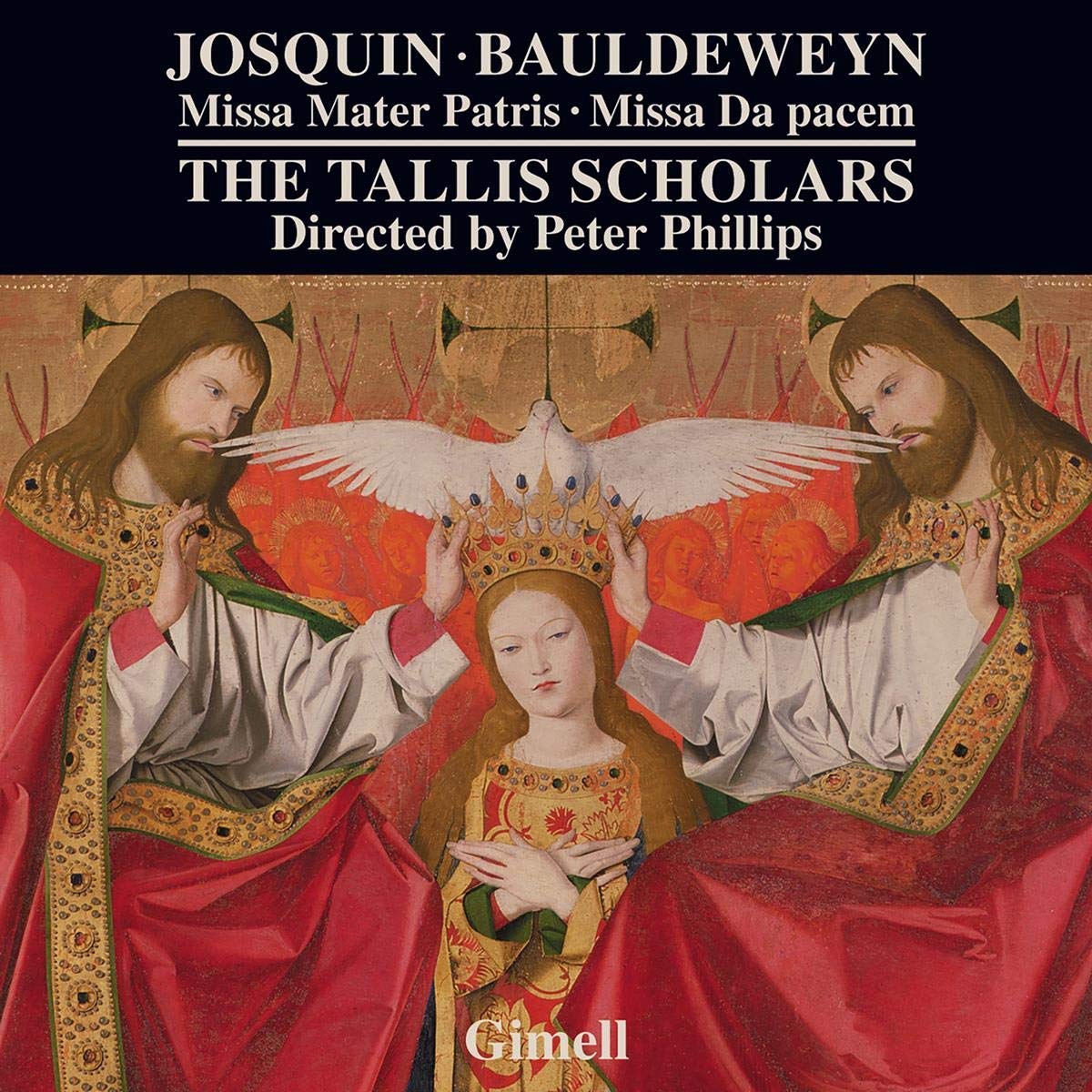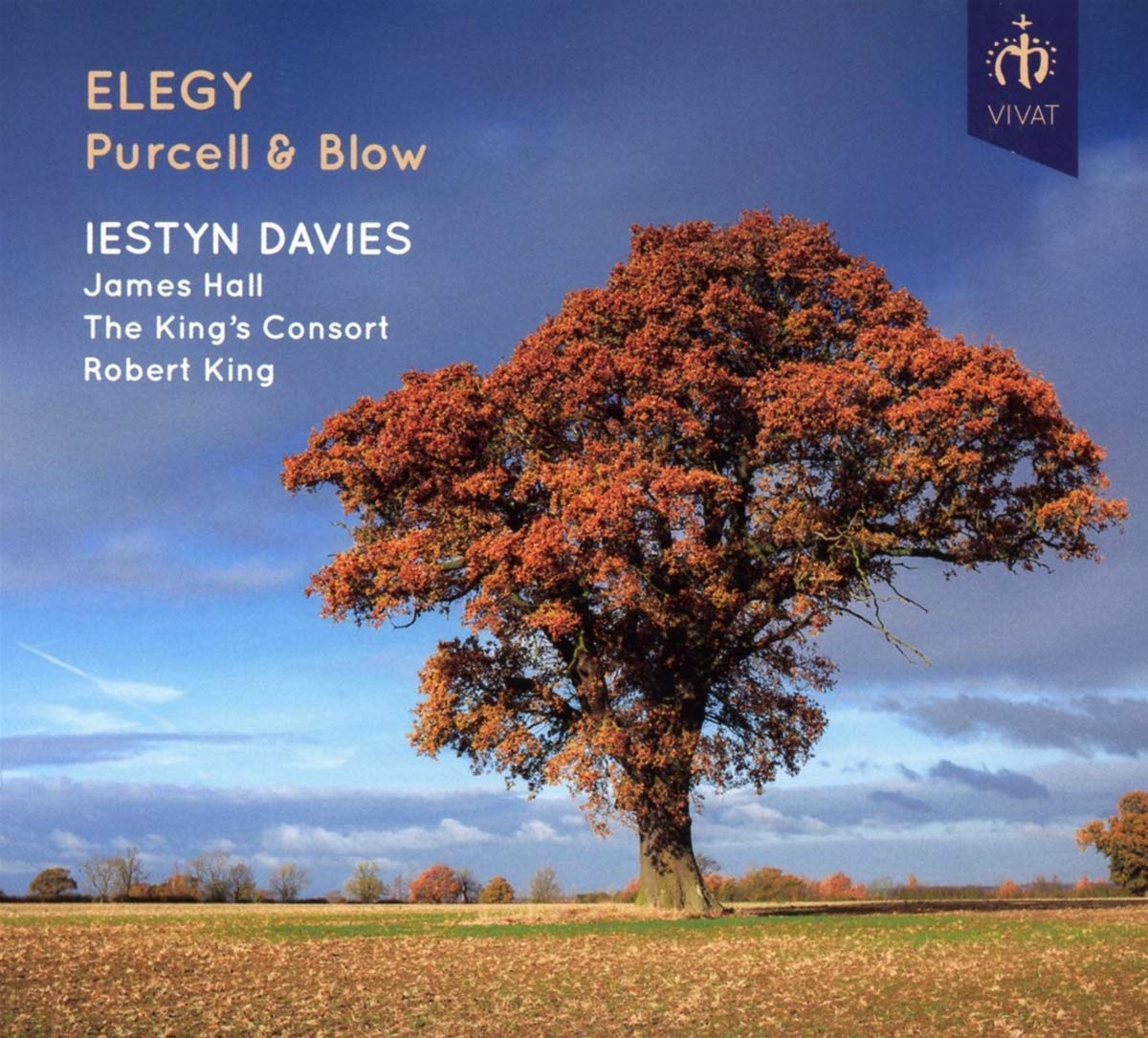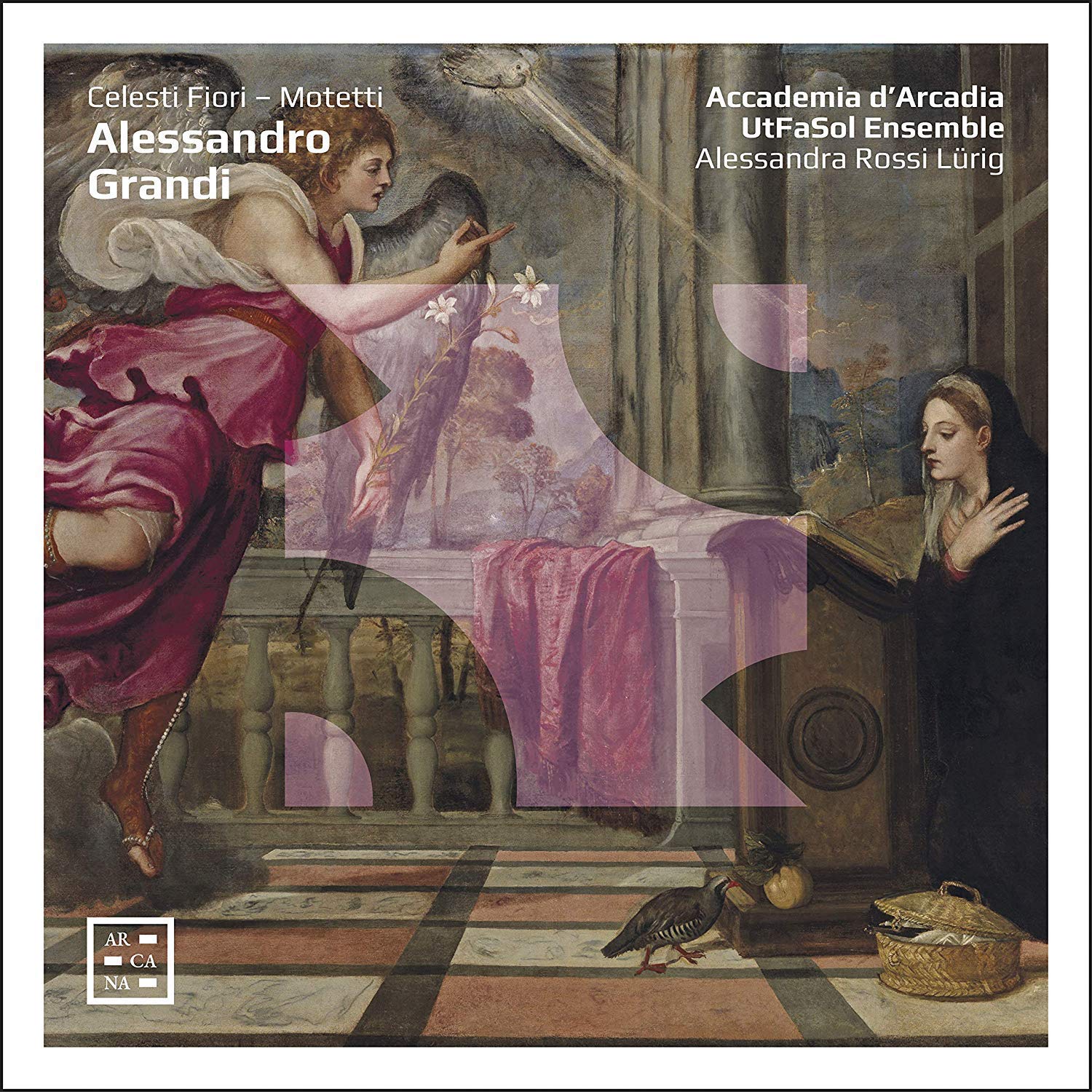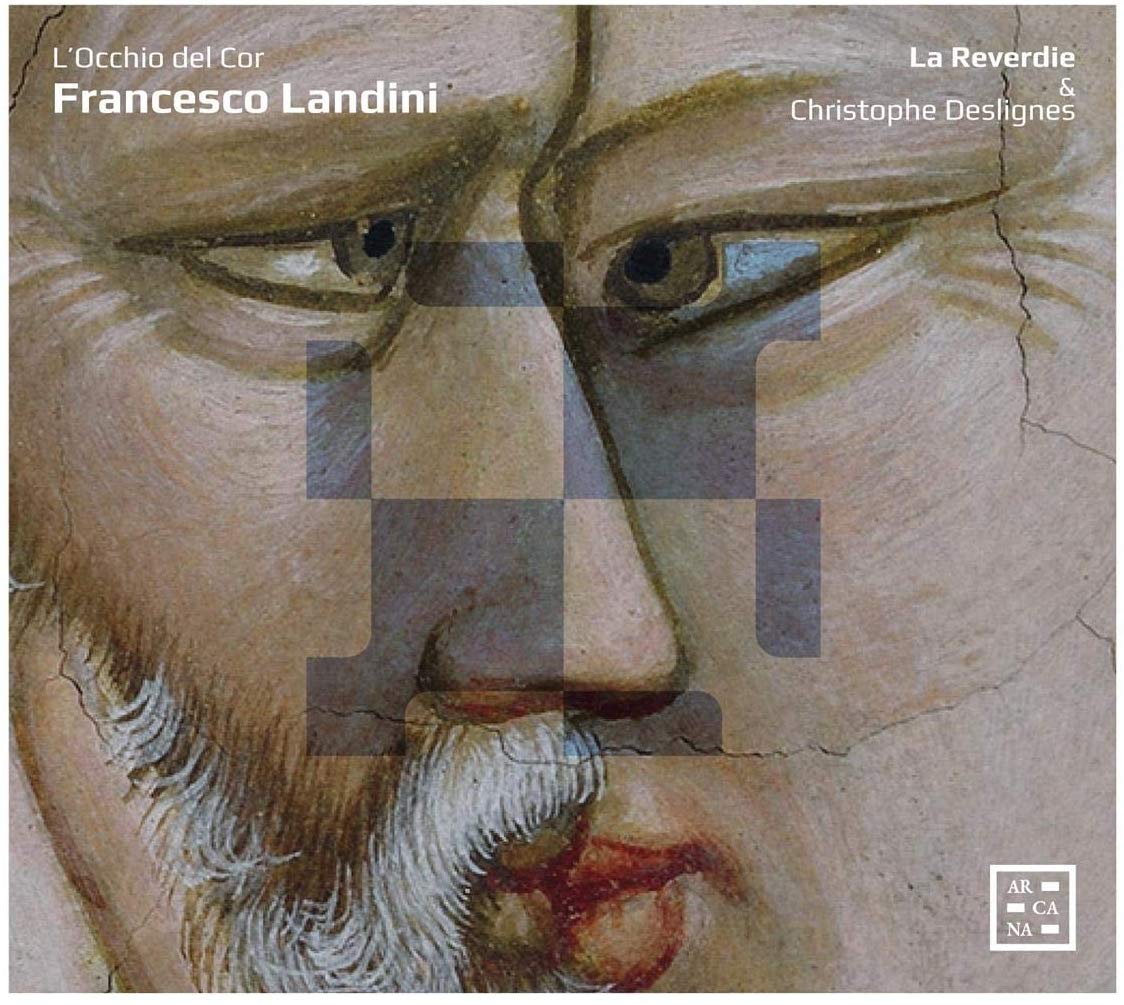Mahan Esfahani harpsichord
76:53
hyperion CDA68244
The seven Toccatas BWV 910-916 are performance pieces sans pareil. They are exactly what you might have expect to hear if you had asked Johann Sebastian to try out a new harpsichord for you – sonorous chords to test the resonance and the stringing, fugal sections to prove the clarity of the voicing and the responsiveness of the action, episodes to test the two-part balance in lighter sections, sequential passages to gauge the temperament as you slide up and down the keyboard, shifting from key to key and slower sections to assess the chromatic and rhapsodic possibilities – they are all there.
This makes them ideal vehicles for Esfahani – and his harpsichord. Esfahani is a harpsichordist rather than a period instrument player, and is a champion of the instrument’s possibilities in music old and new. On this recording – the microphones are set close enough to give us every nuance of the damping, and the final chords are frequently held very long as the instrument’s resonance is allowed to continue – Esfahani plays a 2018 instrument from the Prague workshop of the Finnish maker, Jukka Ollikka, ‘based on the theories and surviving examples of Michael Mieke with the hypothetical addition of an extra soundboard for the 16’ register and a cheek inspired by Pleyel 1912; the disposition is as follows: 16’ 8’ 8” 4’ with buff on the upper manual/soundboard from carbon fibre composite, EE to f3/length 2.8 metres.’
I quote this note from the booklet (p.5) in its entirety, as there is no photograph there of the instrument or any other information, and listeners must judge for themselves just what they make of it. It is certainly both powerful and technically faultless, like Esfahani’s playing. If you look up the maker on the internet, his website will direct you a Youtube recording of the flute sonatas where Esfahani talks about as well as plays his custom-made instrument.
His essay in the booklet discusses the many variant readings of the texts, as no autograph of the music has survived in Bach’s hand, and in the process reveals something of Esfahani’s spiritual journey. He sees the combination of the ‘earthy free sections of the toccatas with the highly abstract ‘divine’ truth of the fugues as a meeting point of human imperfection and godly perfection.’
His essay offers a well-argued and highly plausible usicological-theological reflection on the interrelationship between text and performance which deserves a wide exposure to critical debate.
I wholly recommend this disc not just for its well-argued and committed performances of these mysterious works, but also for the insights into the performer’s continuing dialogue between ‘authenticity’ and expression.
David Stancliffe
Click HERE to buy this CD on amazon.
